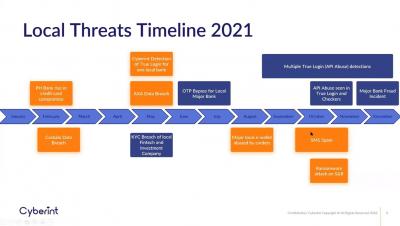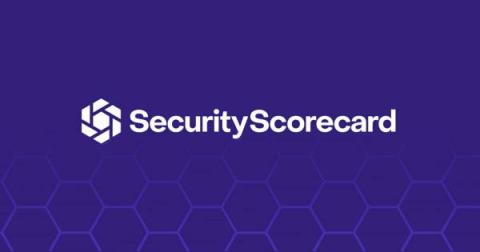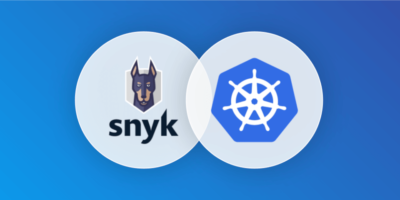XDR: Native vs. Open explained
With the advent of extended detection and response (XDR), the security analyst’s need for one complete, contextualized view into threats across the enterprise is becoming less fantasy and more reality. XDR promises a faster and more efficient way to bring together data from a range of security tools, spot sophisticated attacks, and automate response actions to protect a growing number of assets within the traditional network perimeter and beyond.











